|
The Wedding Feast at Cana – Paolo Veronese (1528-88) Paolo Caliari, also known as Paolo Veronese, was an Italian Renaissance painter based in Venice. He is remembered for his large history paintings of mythological and religious stories, of which The Wedding Feast at Cana is one. Painted in the Mannerist style, the artwork was commissioned by the Black Monks of the Order of Saint Benedict in 1562 for their new refectory. Veronese was instructed to paint “the history of the banquet of Christ’s miracle at Cana, in Galilee, creating the number of [human] figures that can be fully accommodated”. The Wedding Feast at Cana depicts the New Testament story of the wedding Jesus, his mother and his disciples attended in the Gospel of John 2:1-11. It is also the scene of Jesus’ first miracle. At the wedding party, the host ran out of wine to serve the guests but Jesus told him to fill the containers with water. Miraculously, the water became wine. Veronese positioned Jesus at the centre of one of the tables, looking out of the painting at the viewer. Either side of him is his mother and disciples, seated in a similar way to paintings of the Last Supper. Yet, Jesus’ party is relatively small in comparison to the number of people at the wedding feast – 123 people in total. Whilst Jesus is, arguably, the most important figure in the painting, Veronese included several famous faces amongst the guests. These include Eleanor of Austria (1498-1558), Francis I of France (1494-1547), Mary I of England (1516-58), Suleiman the Magnificent (1494-1566) and the Holy Roman Emperor Charles V (1500-58). 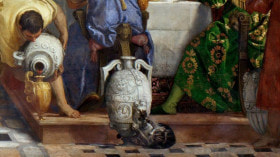 Spot the Cat: The cat is in the bottom right-hand corner of the painting where it is caught mid-movement, sharpening its claws on a silver amphora. The cat is indifferent to the party and is more concerned with its own comfort. It is not, however, the only animal in the painting. Dotted around the scene are dogs of various sizes and breeds. Only one dog looks in the direction of the cat, but he may be too engrossed in the servant pouring wine into the amphora rather than the cat nearby. One tiny dog can be seen walking on one of the tables. In religious paintings, cats are usually a reference to the devil or sin. Whilst Satan does not play a part in this story, the amphora the cat is playing with is decorated with an image of a Satyr, a symbol of drunkenness and infidelity. Yet, when cats and dogs both feature in a religious painting, there is often an alternative meaning. Dogs are sometimes used to represent Jesus’ disciples, and that is likely the case in The Wedding Feast at Cana. The cat, however, represents one particular disciple, Judas, the one who betrayed Jesus. Dogs are seen as loyal, friendly creatures, hence the connection to the eleven disciples. In this instance, the cat represents treason and disloyalty. To read the full article, click here This blog post was published with the permission of the author, Hazel Stainer. www.hazelstainer.wordpress.com
0 Comments
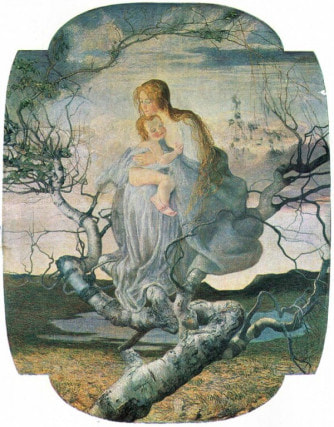 Christian Goddess, or the Angel of Life – Giovanni Segantini (1858-99) Segantini was not a church-going man, which makes Christian Goddess (1894) a strange title for one of his paintings. This canvas, however, was a commission from the Italian banker Leopoldo Albini to be hung in his extravagant home. The figures are supposed to represent the Virgin Mary and the child Jesus sitting in a barren tree. Some have interpreted this as being symbolic of both Jesus’ birth and death, the branches representing the crown of thorns. On the other hand, the branches may relate more to the mother than the child. The Virgin Mary has on occasion been nicknamed the “rose without thorns”, suggesting she has lived a sin-free life. The analogy developed from the idea that roses did not have thorns before the fall of Adam and Eve in the Garden of Eden. Despite the painting’s depiction of the relationship between mother and child, the figures were actually modelled on the artist’s nanny, Baba, and Segantini’s son, Gottardo. With this in mind, Christian Goddess, sometimes known as the Angel of Life, demonstrates the maternal instincts of women towards babies and young children regardless of their relationship. 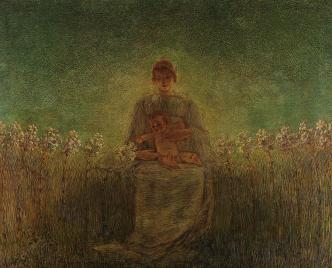 Madonna of the Lilies – Gaetano Previati (1852-1920) Gaetano Previati was an Italian symbolist and contemporary of Segantini who also painted a representation of the Virgin Mary holding the Christ child. Unlike Segantini, Previati painted many artworks on a religious theme, particularly involving Catholic ideals. Madonna of the Lilies (1893-94), which originally had the shorter title Madonna, shows Mary in a seated position with the baby on her lap. This religious iconography has been around since the 15th century, although the Virgin is usually shown seated on a throne. Whilst Previati was influenced by tradition, he used the Divisionist style inspired by the Pre-Raphaelites. Divisionism involved separating colours into dots or dashes, although slightly subtler than Pointillism. The title Madonna of the Lilies has been used by other artists working on a similar theme. Although Previati’s painting contains the theme of motherhood, it’s Catholic connection is a stronger subject. Just as a thornless rose is used to describe the Virgin’s sinless lifestyle, lilies represent chastity and purity. To read the full article, click here This blog post was published with the permission of the author, Hazel Stainer. www.hazelstainer.wordpress.com
One of the toughest questions any person, let alone Christians, has to answer is “why is there suffering?” I think suffering is part of life, and we have the resources of a loving Christ to help us through all of the difficult situations in which we find ourselves. Yet, we always strive to look for meaning. What is the meaning of the suffering we are facing or observing? Here are a few reasons people have suggested for the purpose of suffering. Suffering allows us to show love. When Christians see someone suffering, they respond by offering love to others, just like the love given to them through Christ. Being there for people is a way of showing God's response to suffering. The Church is there too, via street pastors, food banks or night shelters, to help God respond to the suffering and the needs of people. Suffering could also be a result of free will, the consequences of foolish actions. Every action has a consequence, and because we have the gift of free will, it is not up to God to keep on intervening and getting ourselves out of difficulties. So, the precious gift of free will leads to suffering because people are not putting others first. Instead, they put themselves first because of greed, pride, envy etc. The free will that we enjoy is also the cause of others suffering. Sometimes we can learn from suffering. It promotes discipline, endurance and perseverance. If suffering is a long term situation, perhaps there are lessons we can learn from it or disciplines we can improve upon. Paul, for example, had a constant thorn in his side. Suffering is common to all of us. It is human, it is inevitable, it is part of life. Perhaps the suffering of others brings us together? It certainly brings families together when a child is suffering. It prompts the question of what is fair. Often people complain that it is not fair that they have got gout, arthritis and so forth. Yet, what exactly is fairness? I have heard that if you do not experience the lows, you cannot enjoy the highs. It gives you some contrast. Having temporary low periods heightens the good times when they arrived. Suffering teaches us humility and grace. When suffering, you may look for the little chinks of light, positive things. It makes you more aware of your circumstances and enables you to find grace in the smallest of things. Pain can push us forward; we can grow from pain. Suffering can promote willpower and develops character. It allows us to respond to and sympathise with other people's pain. As I have already said, suffering is something that everybody has experiences, therefore, all humanity can help one another. How one responds to suffering is a personal choice. We cannot help what happens to us externally, but as Viktor Frankl said, “When we are no longer able to change a situation, we are challenged to change ourselves.” The way we respond is up to us; it is our choice. As Christians, if we respond well, it helps us help others determine how they should respond. Suffering reminds us of our vulnerability. It is not a personal thing; we have not been targeted. It is not God's punishment for anything we have done. Suffering, of course, is also a warning. Pain is a warning. If you put your hand over a hot stove, your body immediately forces you to retract it. If you have a hangover, the pain is a warning you had too much alcohol or drugs. It is saying, please do not continue to do this. An awful pain in your stomach warns the body that something is wrong. Suffering can also be cleansing, a purging. When you have come out of a period of suffering, you sometimes feel purer and better. It can increase your compassion for others. Our hardships help us understand how others are feeling and help us respond accordingly. We become more empathetic; we want to help. Suffering is a reality check. It stuns. It tells us we have to stop what we are doing and get help. When the going gets tough, the tough get going, so the phrase goes. When we are suffering and feel like giving up, we somehow keep going and find new resources or willpower. This can develop us and make us better people. History is littered with people who have suffered, and as a result, have become better people. Abraham Lincoln, for example, suffered depression and suicidal thoughts, yet this made him a better president. There is a quote from the 2006 biopic Rocky Balboa, which sums up what I have said. “You, me, or nobody is gonna hit as hard as life. But it ain't about how hard ya hit. It's about how hard you can get hit and keep moving forward. How much you can take and keep moving forward. That's how winning is done!” Suffering has many reasons, from which we can extract lots of meaning, but as I said at the beginning, suffering is just a fact of life. We have the resources of God to help us get us through, and, of course, we have the resources of the Church, our friends and our family to help us. If we are suffering, we should never feel that we are a burden. We must share our experiences of suffering, and in so doing, enable others to respond, enable them to show their humanity and kindness. Knowing these people are there helps you to keep going, as does knowing God is with you. God, of course, is in the suffering. God has suffered. God’s Son, Jesus Christ, suffered for us on the cross. God is not a God who is remote. God is with you, so use God as a resource. Pray. Read the Bible. There are many instances of suffering in the Bible, for example, Job. Know that you are not alone. You have not been singled out for punishment, so rely upon God to help you through the suffering. Amen. Written by Reverend Martin Wheadon, May 2021
I read that agreeing with a woman is like reading the software licence agreement. In the end, you ignore everything and click “I Agree”. The reason why I mentioned that is because it is similar to the terms and conditions for being a Christian. We click and agree, because we think we are Christians, we go to church and everything else. But the terms and conditions for being a Christian is something that we need to unravel. It is easy to click "I agree", but if we actually look at the words, it is far more difficult and complex than that. Today's readings, especially in John, is about love. I am going to express something that I hope does not receive your displeasure: before the world began, there was love. God operates outside time, space and matter. In fact, God created them, therefore, he cannot be confined to our understandings of the concepts. In Genesis 1:1, when it says, “In the beginning, God created the heavens and the earth,” God created time, space and matter. So, who created God? What was there before God created the earth? God has to be love, and it is from this love that the universe was created. There has to be, alongside cause and effects, physics and so on, a prime mover, the very first start. Scientists look into the Big Bang and discover all sorts of wonderful things, but God created in the beginning, so God is love. Now, if God is an emotion, that helps us with a few things. The first thing is, how does God possibly hear our prayer? Does God speak perfect English? Does God know all the 6,500 different languages around the world? But if God is love, God will respond to emotion. Have you ever been moved by a piece of music, for example, played on an organ in church? Sometimes music warms our hearts, creating emotion rather than words. So when we pray, God does not care what words we use, but what God will know is the emotion and feeling we are putting into that prayer. It is the emotion that is expressed that goes to God, and God is, therefore, able to cope with all the various prayers that come up from us because God responds to the emotions that are behind them. Words do not matter, it is the emotion and the motive behind them. God created the world, and it was wonderful. God took six periods of time to create it, and in the seventh period, God rested. It is quite important to remember that God incorporated rest in the seven days. We need to rest as well. Jesus was radical. Last week, if you follow the lectionary, you would have read John 15:1-8: “I am the true vine.” For generation after generation since Adam and Eve, the people of Israel had failed to live up to God’s word. Prophets, such as Amos, pointed out where they were going wrong, but they did not listen. Jesus has now arrived saying, I am God enfleshed, I am the Son of God, therefore, you must follow me, not Israel. Jesus is a radical being saying all sorts of amazing things. He says he will forgive sins. This is very radical. Let us say that I argue with my wife, who has done something wrong. I am feeling aggrieved and my wife is feeling aggrieved. Suddenly, a neighbour, who has overheard, comes round and says, “I forgive you.” What gave that neighbour the right to forgive us, when it should be my wife and I doing the forgiving? Yet, that is what Jesus was saying. He said he can forgive sins, that he has the authority to do so. In John, Jesus says seven “I am” sentences. I am the bread. I am the light. I am the narrow door. I am the gate. I am the true life. I am the resurrection. I am the true vine. The words “I am” in Hebrew sound very much like “Yahweh”, which is the Jewish for God. People were not allowed to say that, or else they will be punished by death. Yet, according to John, Jesus said “I am” seven times. That is seven times Jesus claims he is the same as God. That is how radical he is, and I think we have to understand that, in our terms and conditions, we do not follow a God who sticks to the rules. Jesus breaks rules. For example, Jesus broke the Sabbath by healing people on that day of rest. So, Jesus is a radical person, claiming the most amazing things. Judaism, in itself, is an amazing thing because it only has one God. In Greek and Roman times, the more gods you had, the better. This monotheistic religion claims you only need one God; you do not need Zeus or Jupiter, you do not need the God of War, you do not need the God of the Sea, you only need to have one true God. At the time, that was a revolutionary concept, which Jesus was behind. Jesus was a Jew saying radical things, making people rethink what they believe. In John 15:9-7, what Jesus is talking about is love. Not just any love, but “as I have loved you.” The way he has loved us is sacrificial. There are eight translations of love in Jesus’ time, of which C.S. Lewis has identified four: a child/parent love, a friend’s love, lust, and Agape, which is self-sacrificing love. The latter is very hard to achieve, so it was not very popular before Jesus arrived. But this is what Jesus is asking us to do, to love one another as he has loved us. This is Agape, self-sacrificial love. It is putting other people before yourself. Not only was Jesus radical, but the Holy Spirit is radical as well. The reading in Acts is very radical. It says you no longer need to worry about the rules concerning clean and unclean food given in Deuteronomy and Leviticus. That is another pillar of Judaism taken away. Another was the rule about circumcision. Gentiles were not circumcised, but the Holy Spirit was using the gift of Jesus to pay for the sins of those who ate the wrong foods and were even circumcised. This is a radical God, but it is the God you have signed up to in your terms and conditions. We may think to ourselves, those challenges were then, what challenges do we have now? A hundred years ago, our challenge was determining women’s place in the church. This groundbreaking discussion meant the Congregational Church became the first to allow female ministers. We saw that the love of Jesus could not stop at these boundaries we put in place. So, it was only right and fair that women should know the love of the Holy Spirit and be ministers. In the 21st century, the debate has turned to the LGBTQ+ community. Lesbians, gays, bisexuals, transgender, queers and others who do not identify as heterosexual - what is their place within the Christian church? This is something we have to work out. The radical Holy Spirit is allowing us both free will and free-thinking. There is a radical God who wants everybody to know the love of Jesus Christ, and we have to start thinking about how we make that a reality. Whilst we say that what is in the Bible is true, perhaps the LGBTQ+ community does not get a fair look. We often cite Leviticus, but if we look at the Bible through the eyes of Jesus, perhaps that community deserves a warmer welcome. We live in a world where we sometimes have to be counter-intuitive. We live in a world where we have to have a distinctive voice. Some people use the Bible as a way of being distinctive, believing that by excluding people, they are keeping the truth of Jesus. But perhaps that is not right? I want to leave you with this: God's love is for everybody. God’s love is self-sacrificial. Jesus said, “I am the shepherd”, and just as the shepherd lays down his life for his sheep, Jesus laid down his life for us. In today’s Gospel reading, Jesus knew he was going to die, so tells his disciples to “Love one another as I have loved you”. He did not mean to love one another by doing nice things but lay down your life for one another. That is the radical love for that our Terms and Conditions have signed us up. Amen. This sermon was preached at Wanstead URC by Rev'd Martin Wheadon on 9/5/21
Bibliography: https://www.rootsontheweb.com/ York Minster has not always been the stable building that it is now. Foundations under the building, which can be seen in the undercroft, date from around AD71 and once belonged to a Roman Fortress, which was later destroyed. It was some time before Christianity arrived in York and the first known Church on or near the site was a wooden structure erected around AD627 and was the location of the baptism of King Edwin (586-633) when he converted to Christianity. The wooden building was soon replaced with a stone version, where King Edwin was buried in AD633, however, it was destroyed by William the Conqueror’s forces in 1069. Despite having destroyed the first stone church, William the Conqueror gave the Archbishop of York, Thomas of Bayeux (d.1100), permission to build a new church on the Roman foundations. Over the following 250 years, the church was added to by various kings and archbishops, which explains the differences in architectural styles. The original tower collapsed in 1407 and a stronger one built, therefore, the Minster was not consecrated until 3rd July 1472. Future disasters destroyed parts of the Minster, such as fires in 1829 and 1840, and subsidence in 1967, however, rescue missions have saved the Minster, which still stands in all its beauty. “The Minster is a symphony in stone.” – John David, Master Mason As visitors enter the Minster, their breath is taken away by the enormity of the Gothic Nave. On the ceiling are seven key ceiling bosses that the Victorians recreated after the loss of the original ceiling. Each boss illustrates an event in the life of Christ and the Virgin Mary. 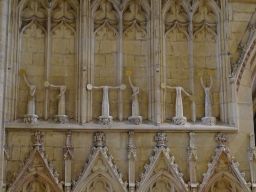 The Nave, which can fit up to 1,500 people, features a series of headless statues on either side of the west entrance. During the Reformation, the Minster was purged of any traces of Roman Catholicism, which resulted in the decapitation of several statues. To symbolise this event, twelve headless statues were created in 2005 by Terry Hammill (b.1941) and are known as the “Semaphore Saints”. Each statue signs a different letter and when placed together, they read “Christ is here”. 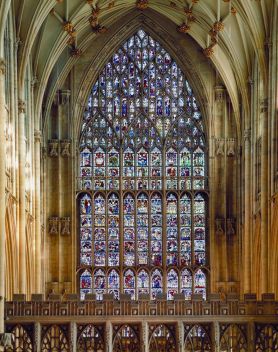 The Great East Window was created between 1405-8 by John Thornton (c1385- after 1433) for a fee of £46 and tells the story of the world from its beginning as told in the Book of Genesis, to its end as told in Revelations. The top piece of glass depicts God with the words “Ego sum Alpha et Omega“, which means “I am Alpha and Omega of all things”. Descending underground, the crypt contains some of the original Norman architecture. A disconcerting doomstone showed a carving of Hell in which lost souls were being pushed into a cauldron and boiled alive by demons. The South Transept is the oldest part of the present building. Ironically, it has the newest roof because its old roof was destroyed when it was struck by lightning in 1984. Four years later, the roof had been rebuilt and Blue Peter set up a competition for children to design six of the new bosses on the theme of important events of the 20th century. The winning designs include the moon landing and the raising of Henry VIII’s (1419-1547) ship the Mary Rose. Another of the bosses, although not one of the competition entries, represents the nursery rhyme, Jack and Jill. The round window in the South Transept dates back to 1250, however, the stained glass was installed in 1515. Made up of a pattern of red and white roses, the window commemorated the union of the House of Lancaster and the House of York through the marriage of Henry VII and Elizabeth of York (1466-1503). Strangely, the window features the red roses of Lancaster and the red and white Tudor rose, however, there are no white York roses. Miraculously, the Rose Window survived the lightning strike of 1984, however, it suffered 40,000 cracks in 8,000 pieces of glass. It would have been impossible to replace every panel of 16th-century glass, therefore, a special resin was produced to seal each crack. To read the full article, click here This blog post was published with the permission of the author, Hazel Stainer. www.hazelstainer.wordpress.com
When the National Gallery reopened last year, they began with a free exhibition about the little known Dutch painter, Nicolaes Maes. Having learnt from the great master of painting, Rembrandt, Maes produced over 1000 artworks, 900 of which were portraits. This exhibition only contained 50 artworks but managed to provide a detailed journey of Maes’ artistic progress, beginning with historical and biblical scenes and ending with depictions of everyday life. It is not easy to put Maes’ earlier works into chronological order because he tended not to sign or date them. His earliest signed and dated painting is Dismissal of Hagar and Ishmael, which he produced in 1653 during his final year with Rembrandt. Loosely based on an etching by his master, Maes managed to convey the scene in an original manner. The painting shows a scene from the Book of Genesis. Hagar, Abraham’s concubine, is being dismissed along with her son Ishmael. Abraham’s wife had given Hagar to him so that he could produce an heir. Fourteen years later, Abraham’s wife Sarah miraculously gave birth to a boy, Isaac. Concerned that Ishmael would receive her son’s rightful inheritance, Sarah commanded Abraham to get rid of Hagar and Ishmael. The constrained emotion on both Abraham and Hagar’s faces suggests neither of them was happy with the outcome. Christ Blessing the Children is considered to be Maes’ earliest surviving painting, although initially wrongly attributed to Rembrandt due to the similarity in style and lack of a signature. It is also of contrasting size to the other artworks Maes produced while in Amsterdam. His paintings were “cabinet size”, but this biblical scene is much larger with a height of 81.1 inches (206cm) and a width of 60.6 inches (154cm). Maes took inspiration for this painting from the Book of Mark when Jesus says, “Let the children come to me. Don’t stop them! For the Kingdom of God belongs to those who are like these children. I tell you the truth, anyone who doesn’t receive the Kingdom of God like a child will never enter it.” (Mark 10:14-15) Following this, Jesus blessed every child in his presence. The majority of Maes’ surviving early works are religious. Biblical stories include the Sacrifice of Isaac (Genesis 22), The Death of Absalom (2 Samuel 14), Christ before Pilate (Matthew 27) and The Adoration of the Shepherds (Luke 2). Maes painted the latter after he had left Rembrandt’s studio and used an engraving by Albrecht Dürer (1471-1528) as a basis. Maes made a faithful copy of the engraving to the tiniest detail. The proportions are exact and the colour and shading he added to the image highlight the holy family and their visitors. One of Maes’ religious paintings extends beyond the Bible. Using his imagination and traditional beliefs, Maes experimented with portraiture by painting The Apostle Thomas. The apostle, sometimes known as Doubting Thomas, established seven churches in India between AD 52 and AD 72. Maes imagined what the older man looked like during his mission in India and, at first, the portrait appears to be of a reticent elder. Painted in the manner of Rembrandt, Maes indicated the man’s identity with the subtle inclusion of a set square in his left hand. As well as being one of Jesus’ disciples, Thomas was a builder or carpenter, a profession that used a set square for accurate measurements. Some traditions believe Thomas was martyred by a spear that had a head resembling the set square, which has since become his symbol in works of art. If you would like to read the full article, click here! This blog post was published with the permission of the author, Hazel Stainer. www.hazelstainer.wordpress.com
Dear All,
As we return to regular worship in church, I would like us to think about what worship really means. Nobody forces us to worship. Worship is freely given. We do not worship because God is some egomaniac but in response to all that God has done, for instance, God’s miracles. God’s first miracle was creating the world, and another was sending Jesus to die for our sins so that we can reconcile with God and enjoy that relationship. Worship is not just singing songs. As Romans 12:1 says, worship is offering our bodies to God as living sacrifices. We worship because God is the creator, the deliverer and the provider. We worship because we are hard-wired to do so. In today’s society, where God is often not acknowledged, we have the cult of the celebrity, or we worship money or status. Worshipping God is an acknowledgement of something being over and above human life. We worship to offer God something of ourselves. We pray not to change God’s mind but for our minds to be changed. We pray to align our thoughts with God’s and to self reflect. We try to respond in a way God wants us to respond and ask for things that we know God wants us to ask. So, there is adoration in worship, there is a conversation in worship, and there is the giving of ourselves in worship. One thing Covid-19 has shown us is that we do not need a building in order to worship. I asked a friend, "what is art?" She told me, if art is made with the intention of being art, then it is art. The same goes for worship. If what you do is set out to be worship, then it is worship. Even if you are cleaning the dishes or walking in the park, if your mind is in a state of worship, then it is worship. Worship allows us to be aware of God working in our lives. It is having the time and space to allow God to speak to us but also allows ourselves to feel the presence of God. God wishes to make us more like Jesus, the supreme example of love. Freely given, love is an outpouring of yourself, like having a cathartic experience. Worship is about surrendering everything to God with all our heart, mind and strength. Whilst singing is an emotional response, and singing was very much a part of life in the temple and Judaism, it is not all that worship is, but it can help us understand something of the mystery of God. When you are wrapped up in music, it transcends words, which is why music is important. But worship is not all about singing. As already said, worship is giving 100% of yourself to God as a living sacrifice. We worship because it is good for us. In a busy world, worship creates space for an hour or so when we are not distracted by email or social media. We allow ourselves to be wrapped in the above and beyond. Worship gives us an attitude of gratitude. Instead of being me me me, worship lets us focus on thankfulness. Worship is good for us because it provides a sense of perspective. By nature, we are designed to worship, and worshipping God allows us to direct it in the right place. So, that is worship. Worship is our relationship with God, but it is enhanced when worshipping with others. So, in returning to church, we find strength, not only in the testimony of others and discovering how God is working in their lives but by giving us a sense of community. Take, for example, a lump of barbecue coal. Without other coals, a single one will go out. Yet, with other coals that are alight, it creates fire. Nonetheless, whilst corporate worship is important and worshipping in a building is important, it is not vital. Worship is about giving everything you are to a God who has created a universe for us, and for responding to God’s love, feeling God’s presence, and surrendering to that love and being transformed into all that God created us to be. Blessings, Martin |
©Copyright
We are happy for you to use any material found here, however, please acknowledge the source: www.gantshillurc.co.uk AuthorRev'd Martin Wheadon Archives
June 2024
Categories
All
|
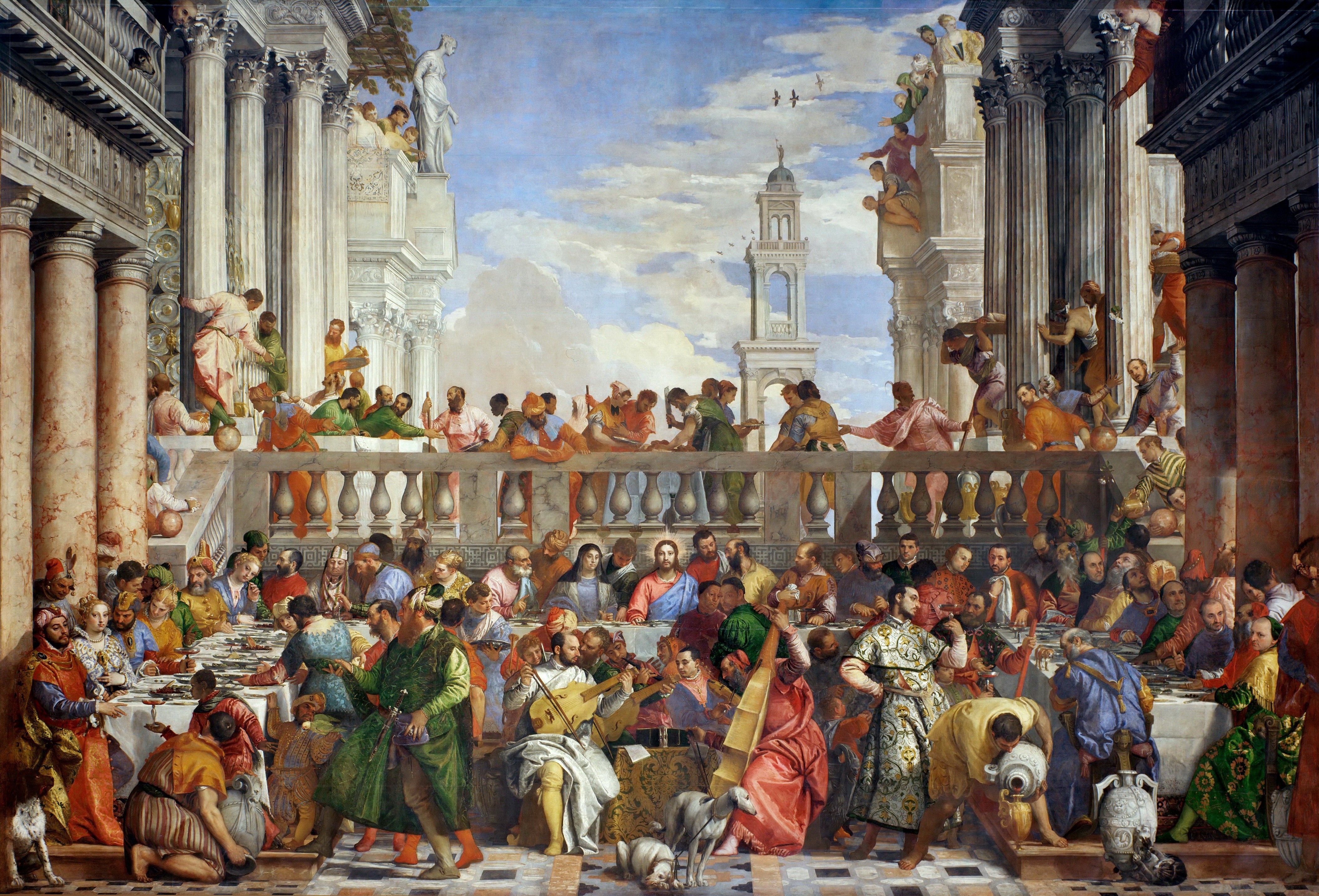


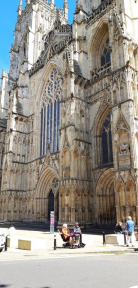
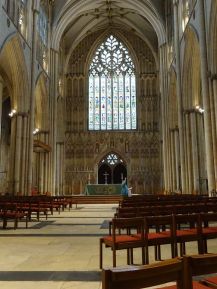
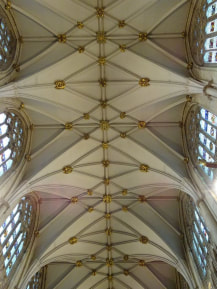
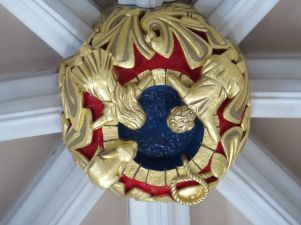
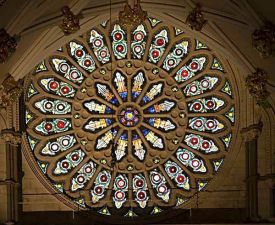
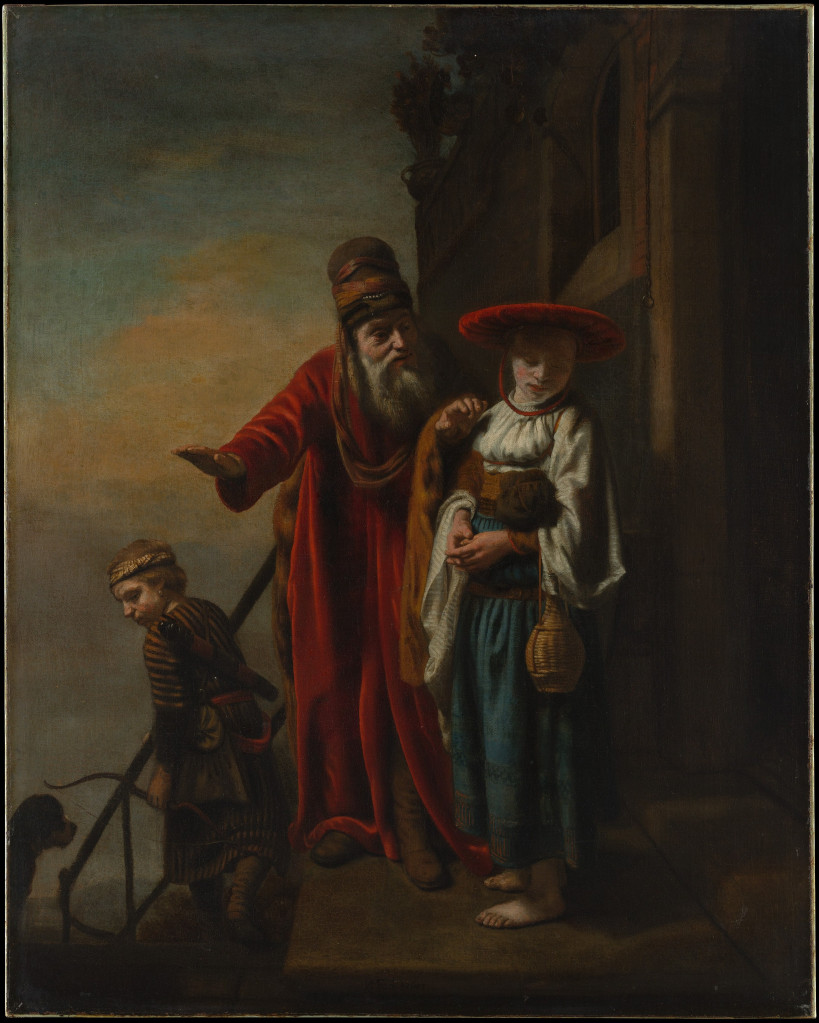
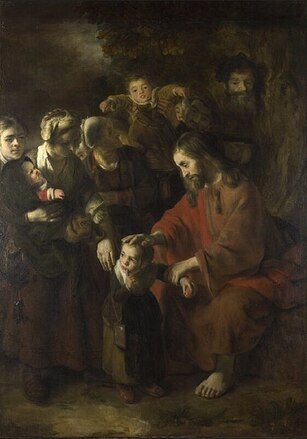
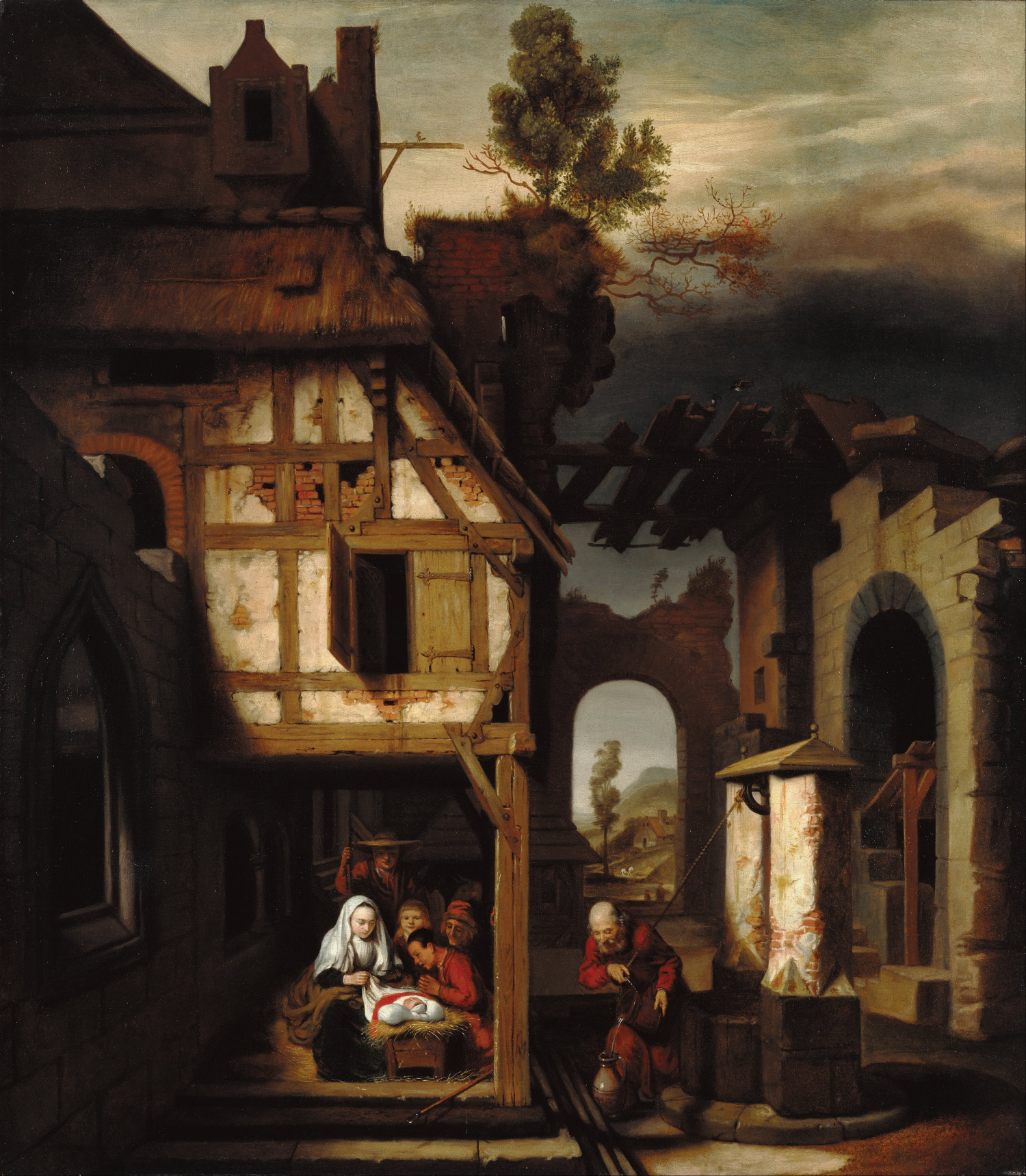
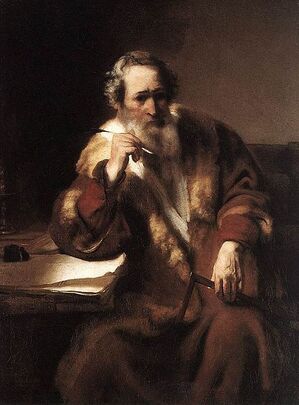

 RSS Feed
RSS Feed